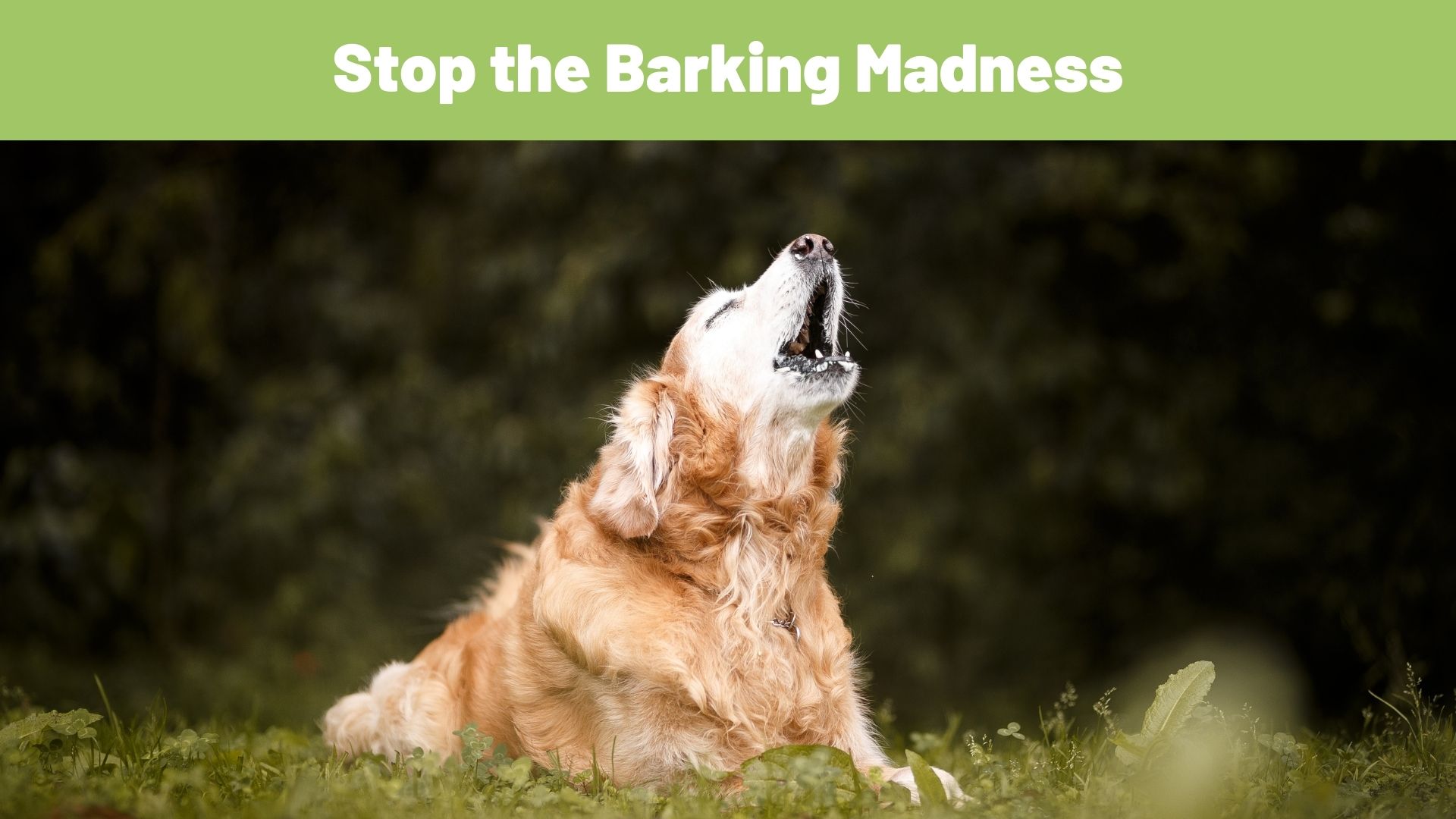Do you live in a constant state of cacophony thanks to your canine companion’s vocal prowess? Are the neighbors giving you the side-eye every time your furry friend launches into an aria? Fear not, fellow dog lovers, for there is hope! Training your dog to be quiet is not only possible, but it’s also essential for your sanity and your pup’s well-being.
Understanding Why Dogs Bark
Hold off on the treat dispenser and the stern commands! Before we try to quiet our barking buddies, let’s understand why they vocalize in the first place. Barking is their language, used to express excitement (like that daily mailman visit!), fear (unfamiliar faces can be scary!), boredom (a lonely pup needs entertainment!), or even separation anxiety (being left alone is tough!). They might also bark to claim their territory or warn off perceived threats.
So, before we jump to solutions, detective work is key! Pay attention to the context – doorbell rings? Squirrels in the yard? Solo time? Identifying the trigger will unlock the path to the right training approach. Let’s understand their bark before we attempt to hush it.
Positive Reinforcement is Key
Forget about yelling or punishing your barking dog – these harsh tactics will only backfire. Instead, let’s unleash the magic of positive reinforcement!
First, teach your dog a “quiet” cue like “hush” or “shhh.” When they even briefly stop barking, shower them with praise and treats. Gradually lengthen the quiet intervals before rewarding them. This builds a positive association with silence.

If triggers like passersby or doorbell rings set your dog off, try distraction. Engage them with a toy or game, or take them for a walk to burn off boredom-induced barking. You can even counter-condition their response. For example, give them a treat every time the doorbell rings without barking. This positive association will weaken the barking urge over time.
Remember, patience and consistency are key. Don’t be discouraged if your furry friend doesn’t transform into a silent monk overnight. Keep practicing, celebrate small victories, and soon you’ll witness the bark fade away, replaced by happy tail wags and quiet companionship.
Seek Professional Help if Needed
Sometimes, even with dedication and love, training your dog can feel like walking in circles. Frustration mounts, the quiet canine dream seems to fade, and progress stalls. It’s important to remember, in these moments, that you’re not alone. Seeking help from a qualified dog trainer or behaviorist isn’t a sign of weakness, but a smart step towards success.
These professionals bring a wealth of expertise and personalized insight to the table, tailoring training plans to your unique dog and their specific needs. With their guidance and support, you can unlock hidden potential, overcome stubborn challenges, and finally witness the joyful transformation of your furry friend into the well-behaved companion you’ve always envisioned. So, don’t let discouragement dim your hopes. Embrace the helping hand of a professional, and watch your quiet canine dreams blossom into a beautiful reality.
Bonus Tips
Channel your dog’s boundless energy for peace and quiet. A bored dog is a barking dog, so make exercise and mental stimulation a priority. Long walks, playtime in the park, and engaging training sessions will tire them out and leave less room for barking. Remember, a tired pup is a happy pup, and a happy pup is a quiet pup.

Routine is key to a calm canine companion. Dogs crave predictability, so establish consistent feeding schedules, walk times, and playtime routines. This structure reduces anxiety and uncertainty, which can trigger barking. Think of it as creating a safe haven for your furry friend, where they know what to expect and feel comfortable expressing themselves in quieter ways.
Attention, even negative attention, fuels barking. Yelling or giving in to your dog’s barking demands only reinforces the behavior. Instead, adopt a “quiet gets rewarded” approach. Ignore unwanted barking and shower your pup with affection and treats when they’re calm. This teaches them that silence is the key to getting what they want, leading to a more peaceful household for everyone.
With dedication, patience, and the right approach, you can transform your vocal canine into a model of quietude. Remember, a happy and well-adjusted dog is a quiet dog, so focus on creating a positive and enriching environment for your furry friend. Now go forth and conquer the barking madness – your neighbors (and your ears) will thank you!
Get updated knowledge on how to feed raw, discounts, coupons, and holistic rearing at www.RawOrigins.pet.

